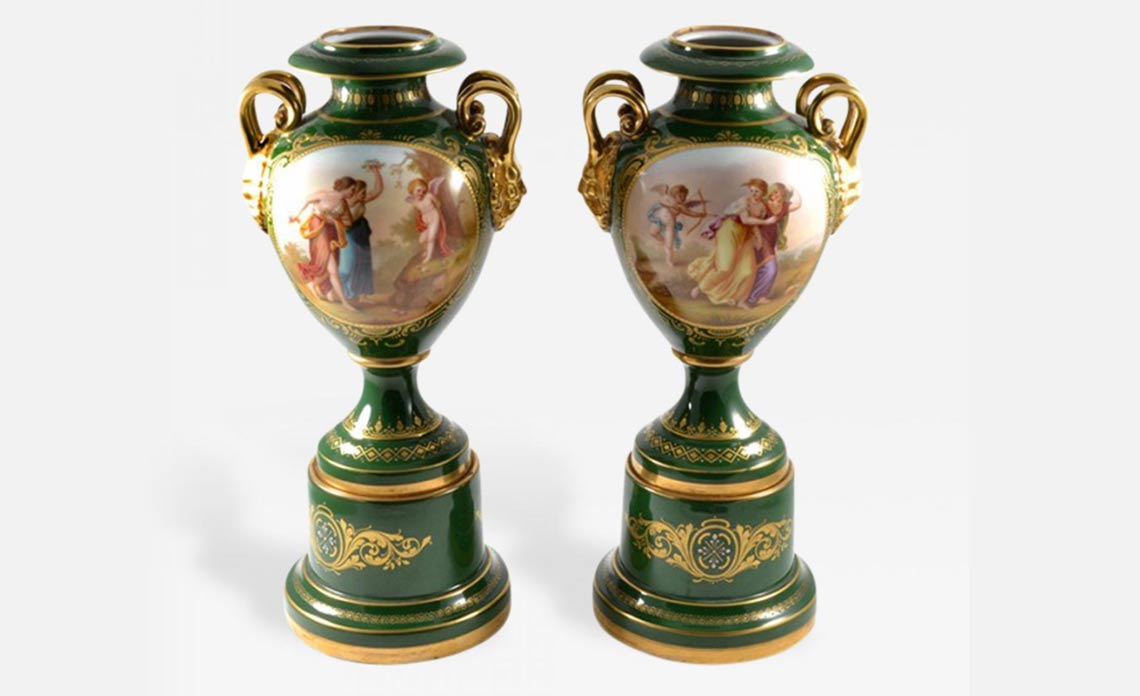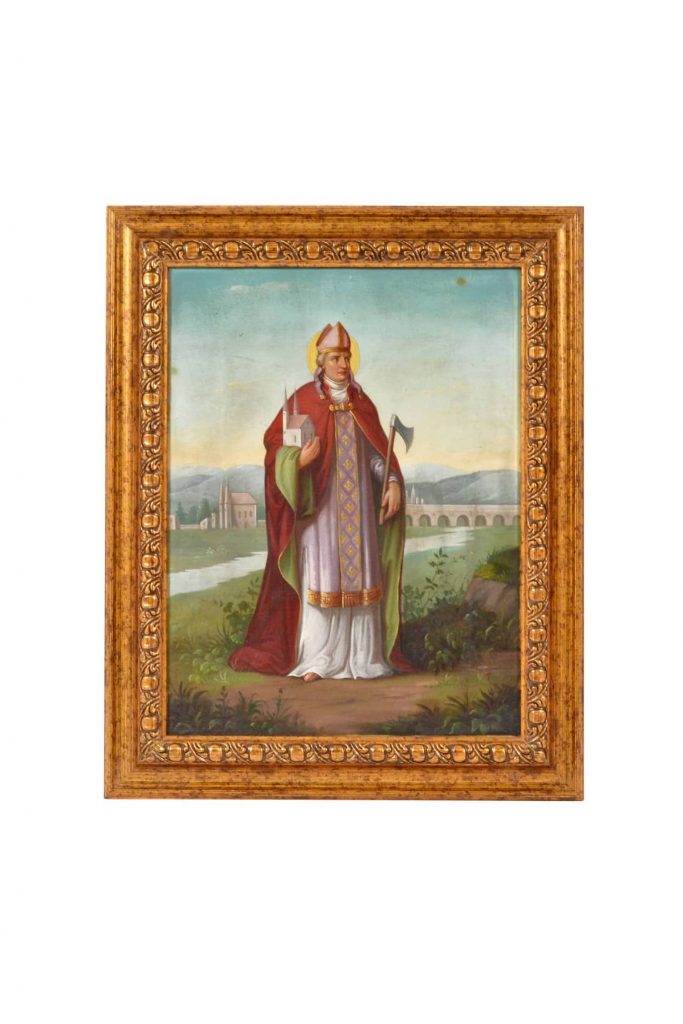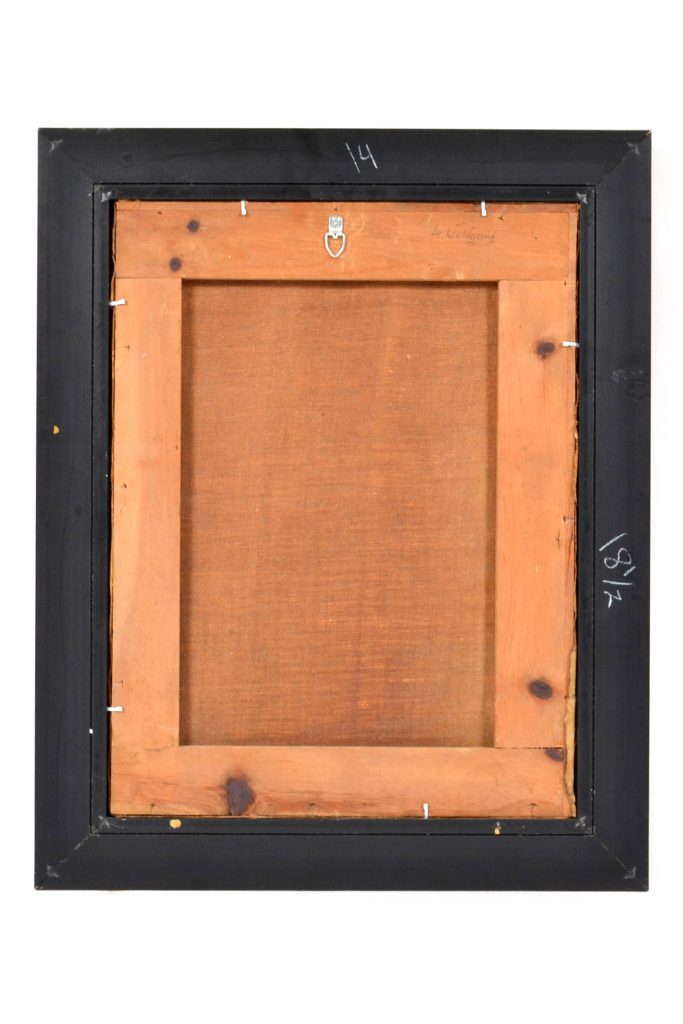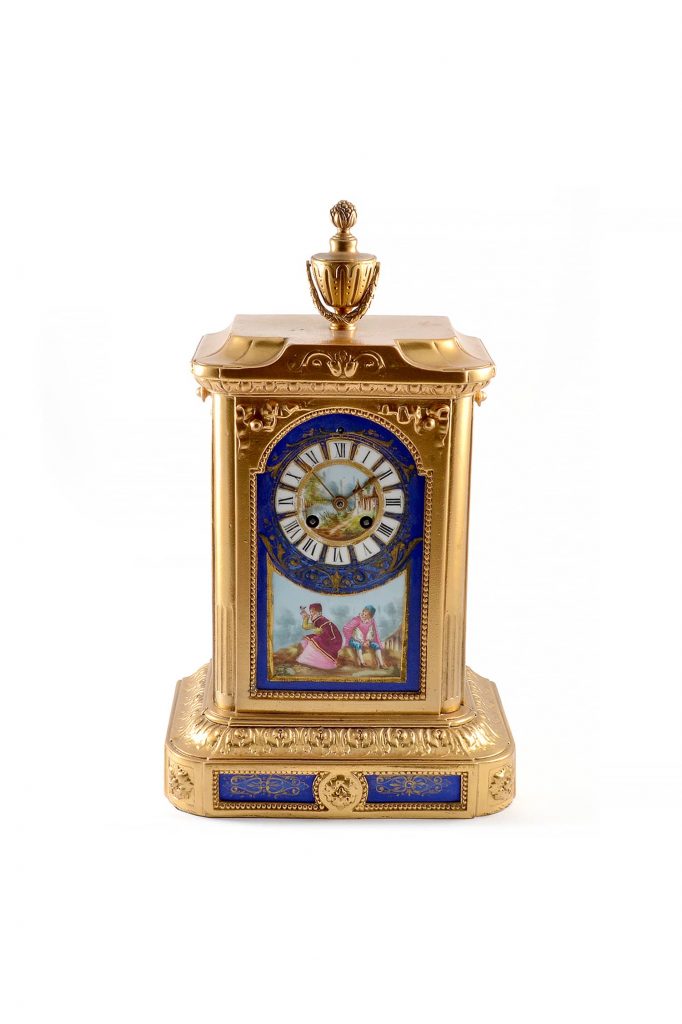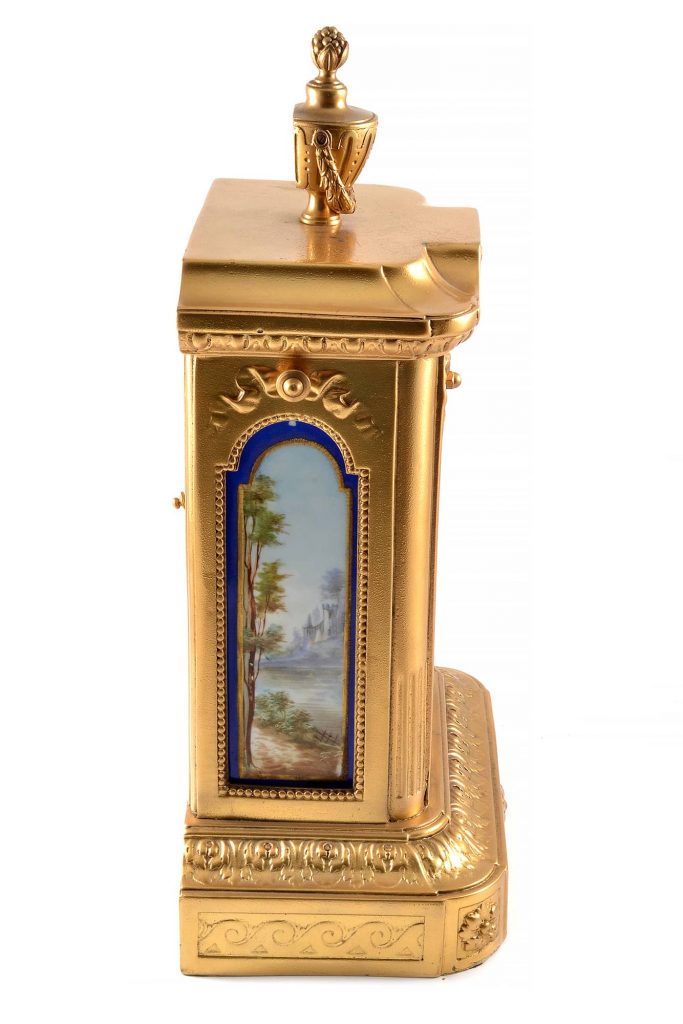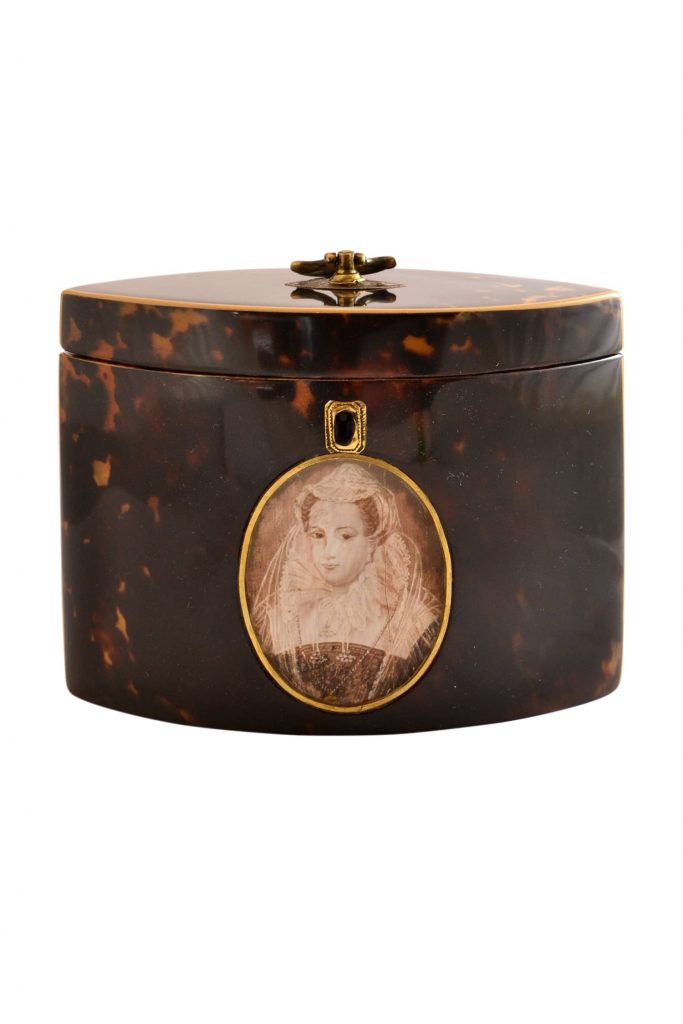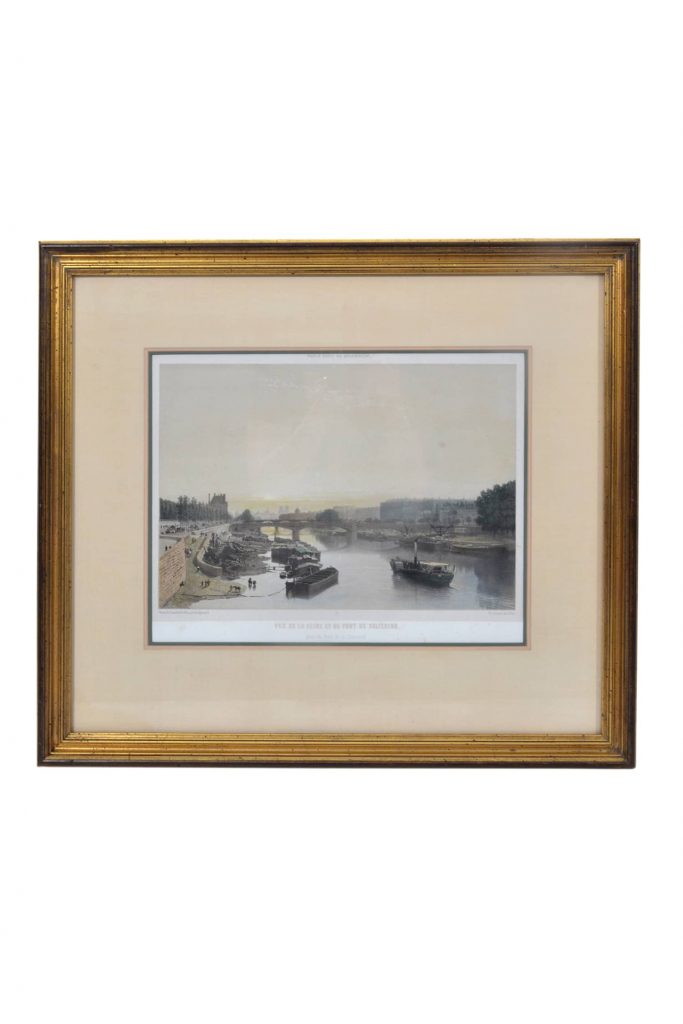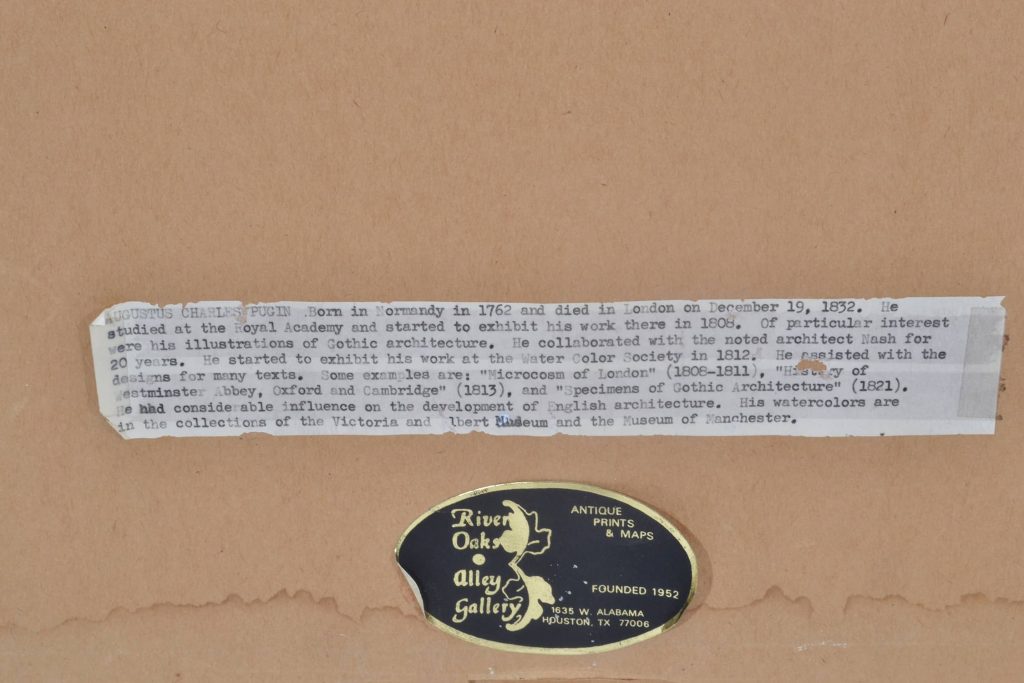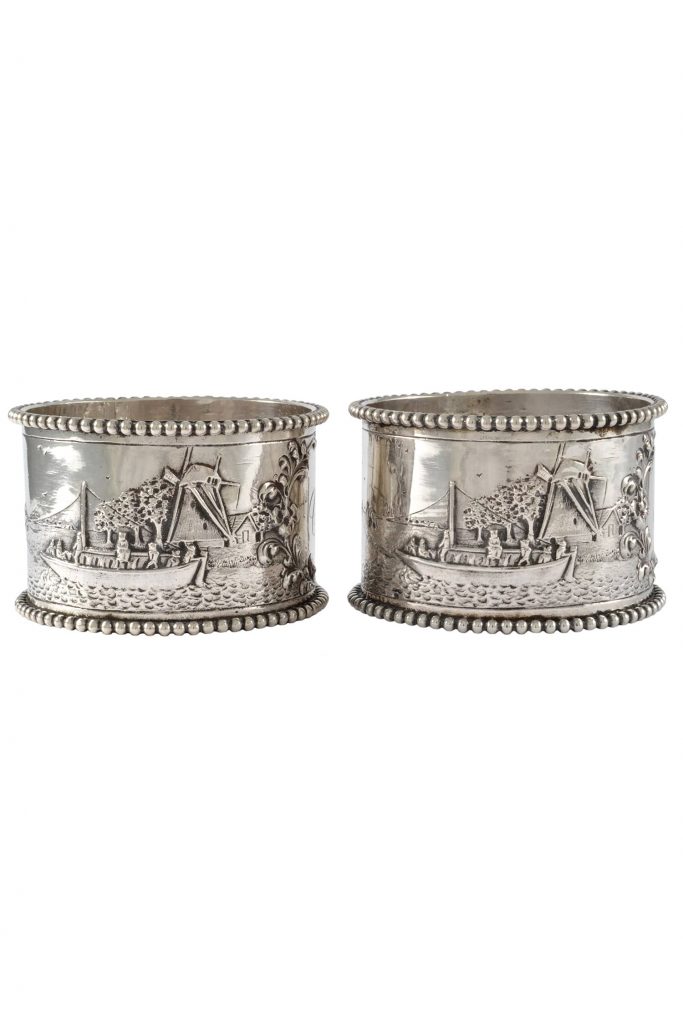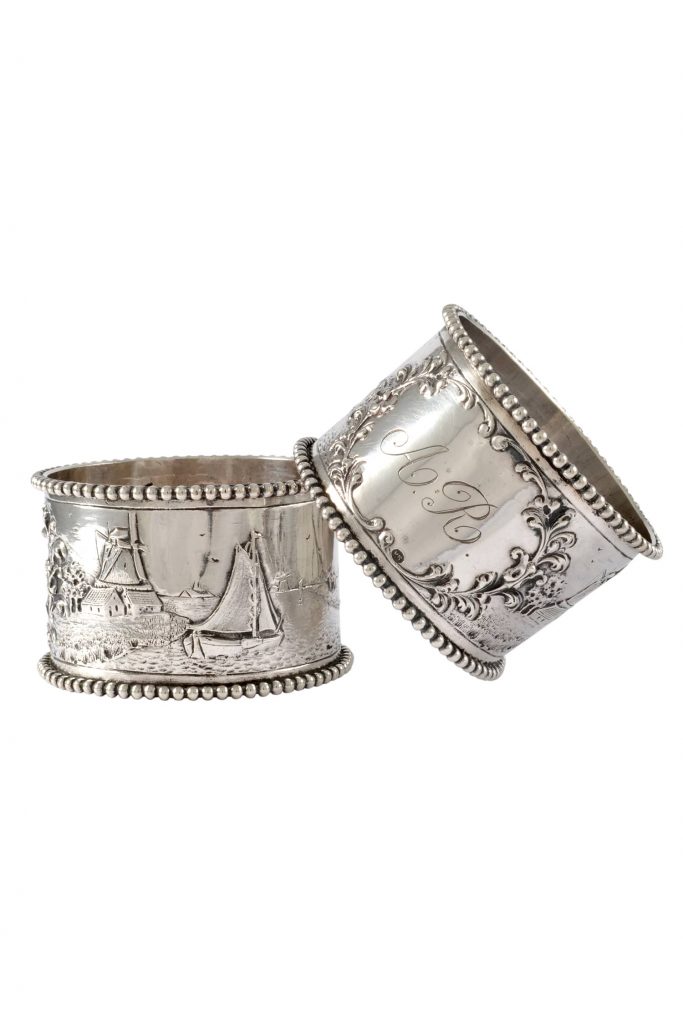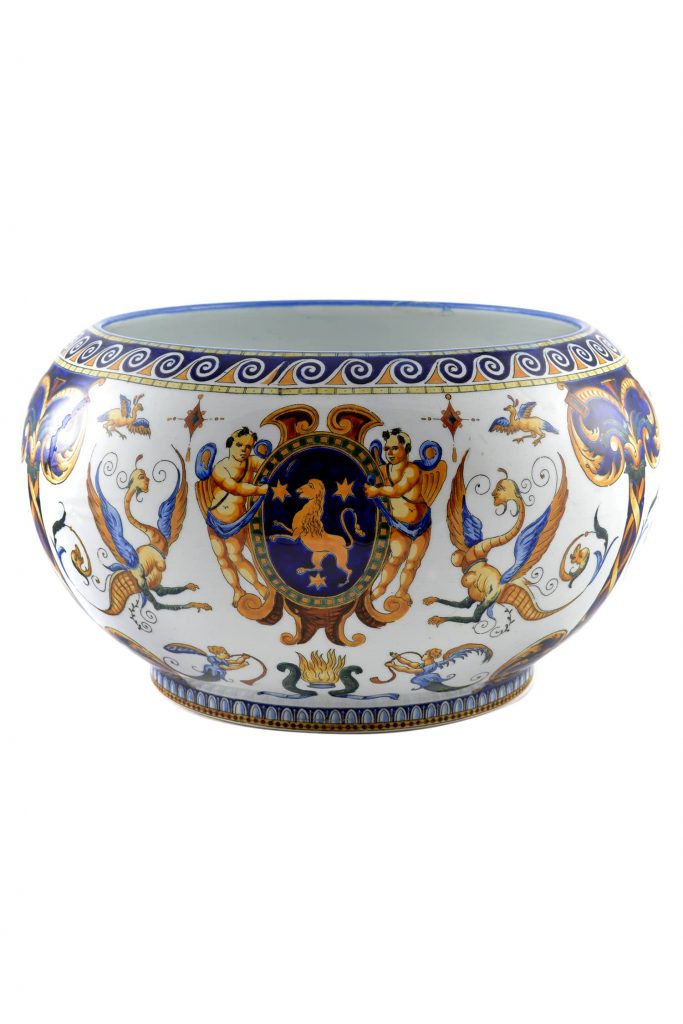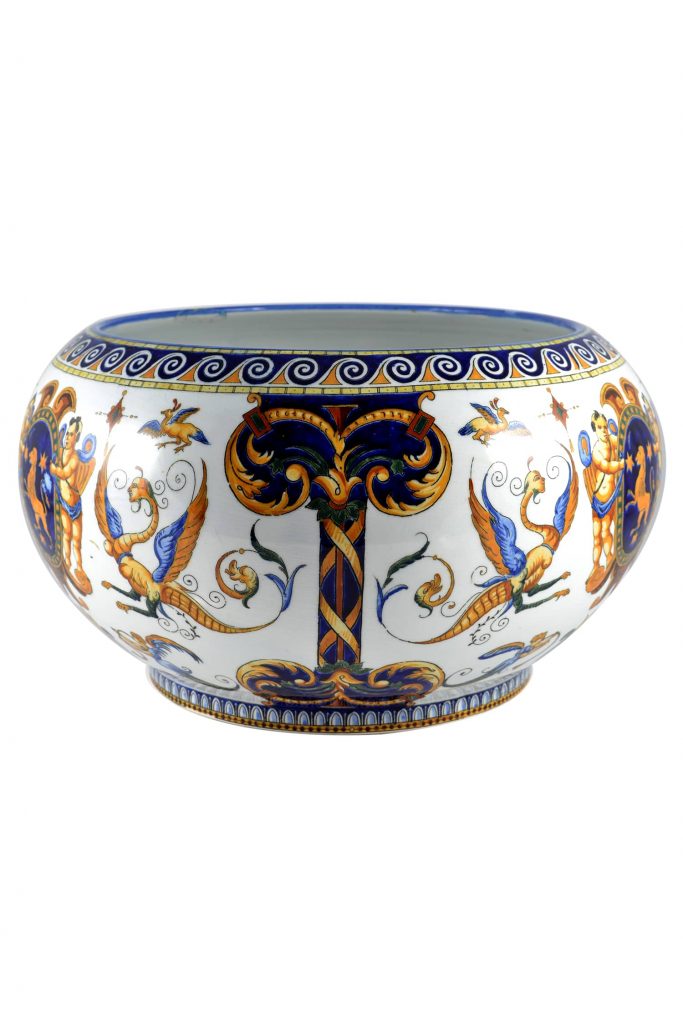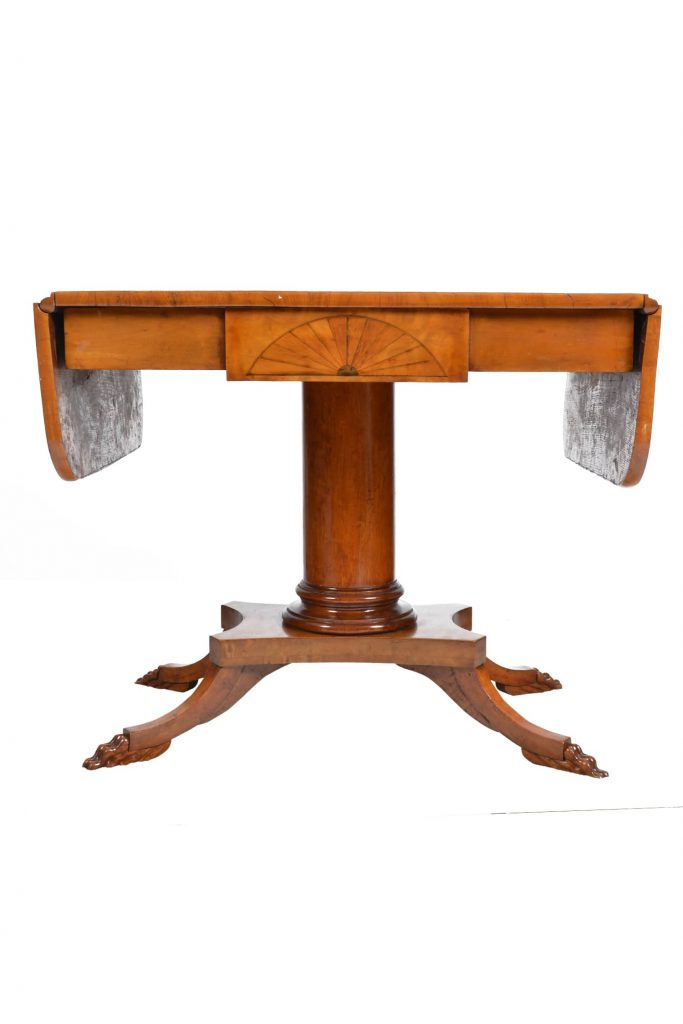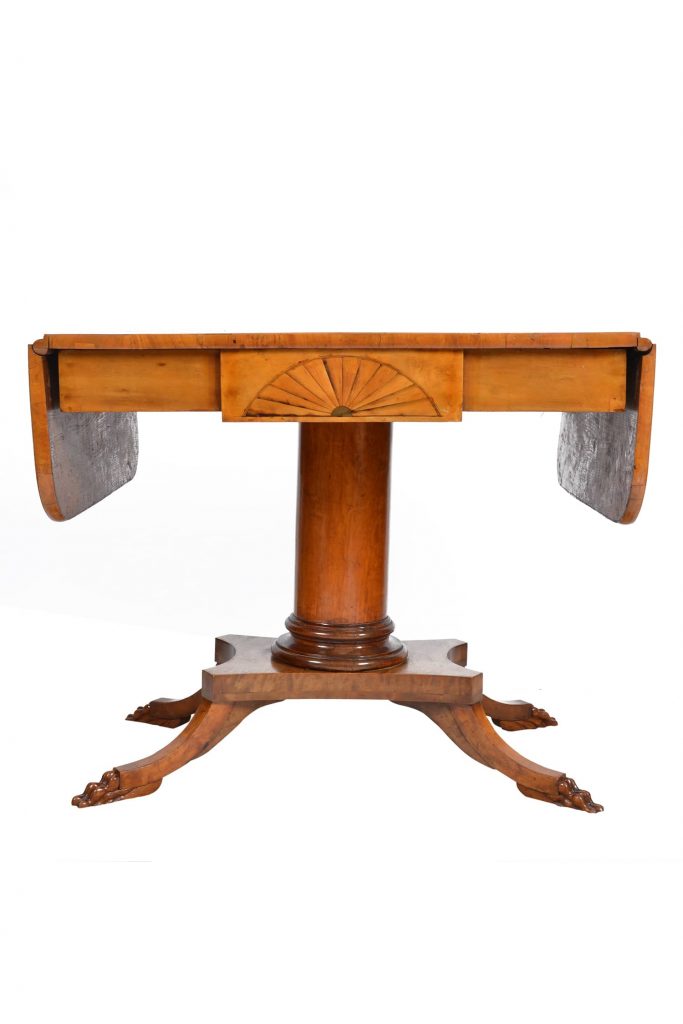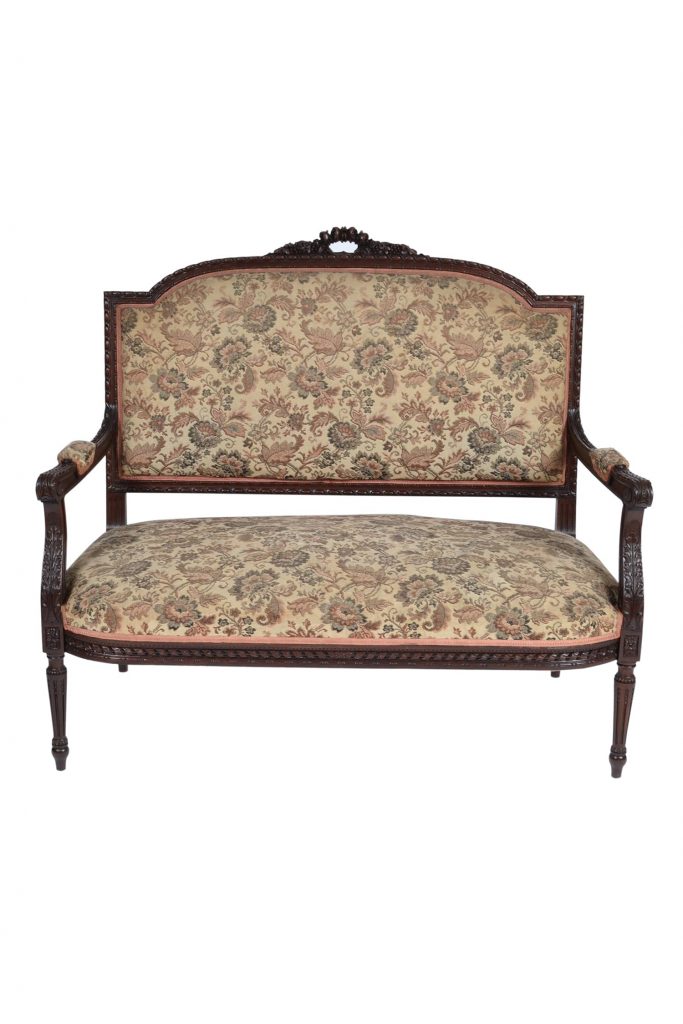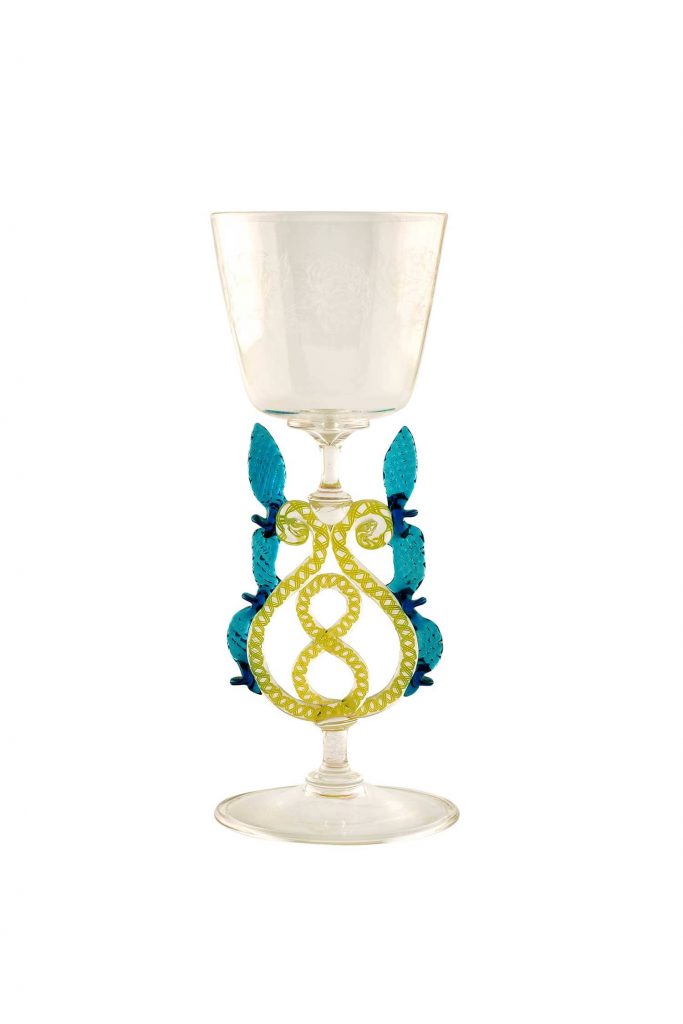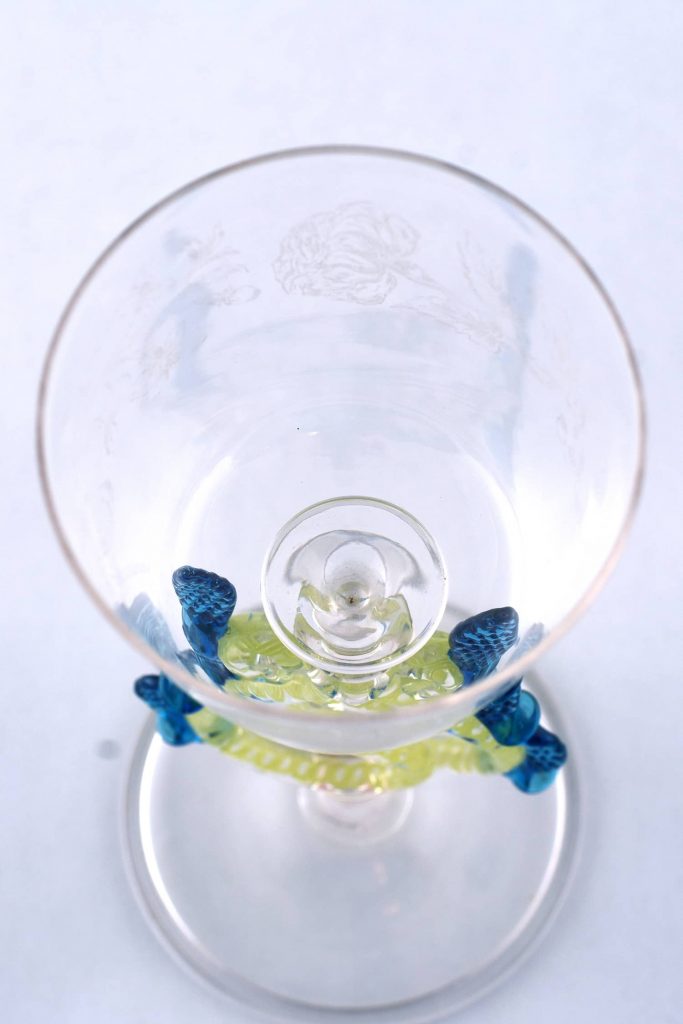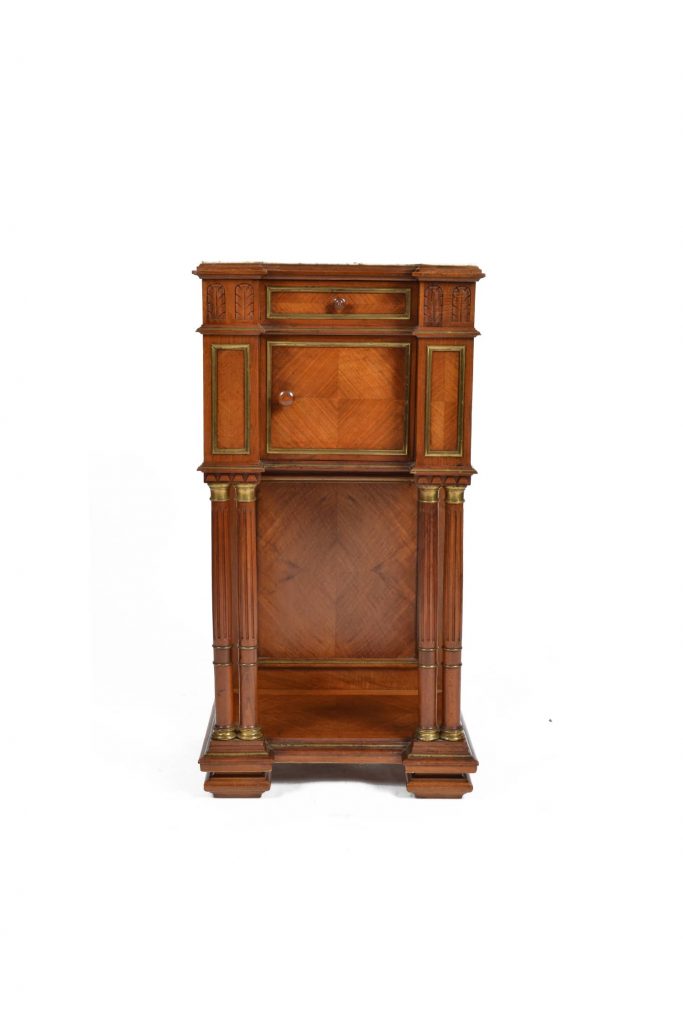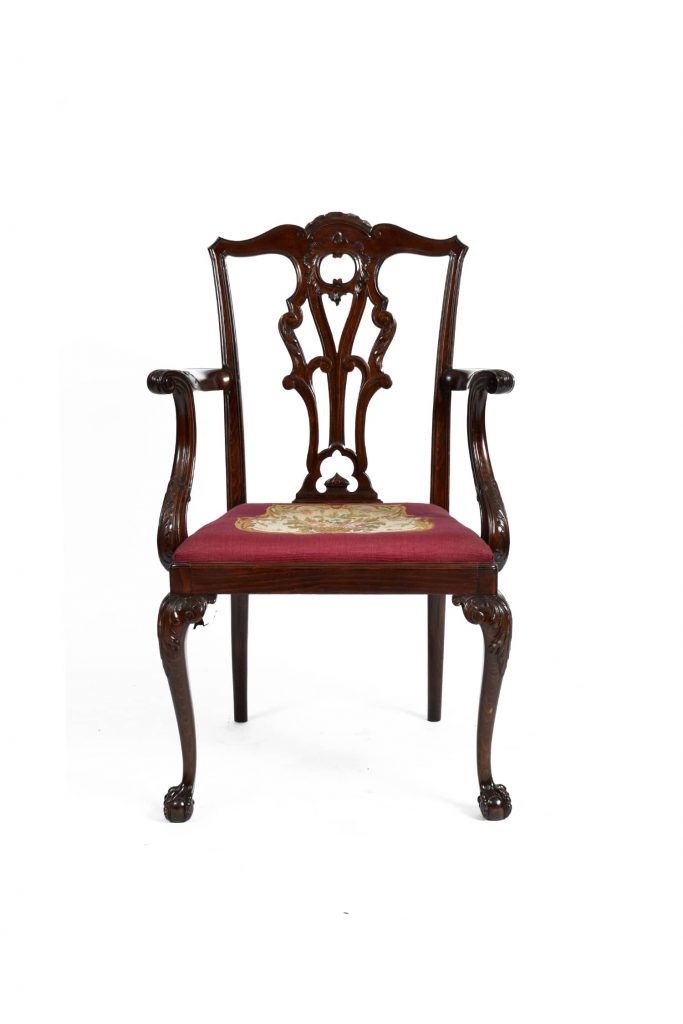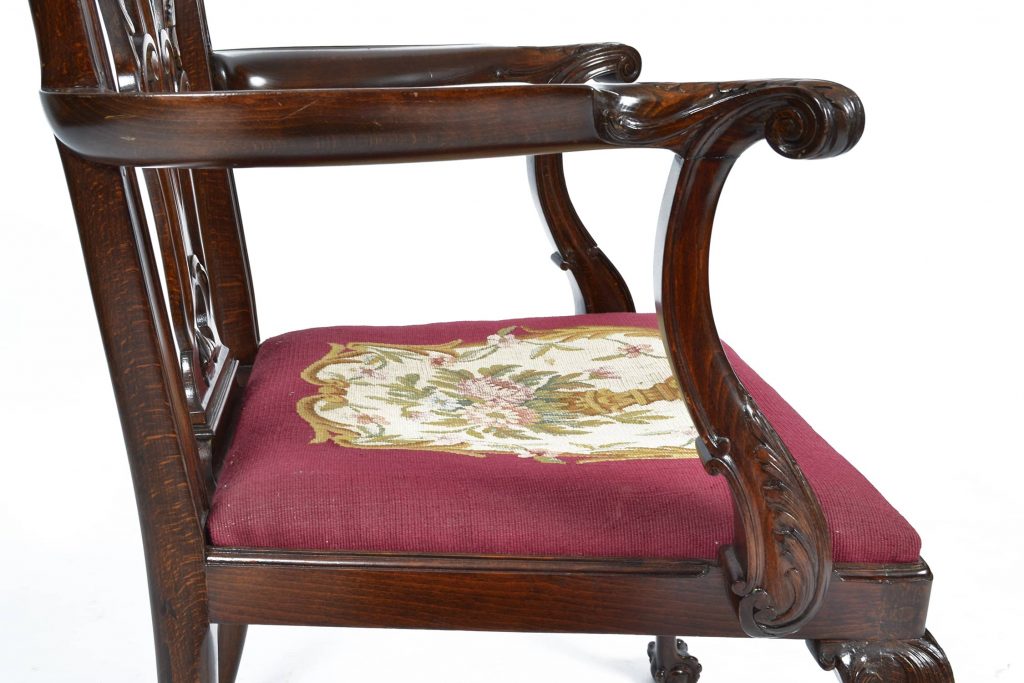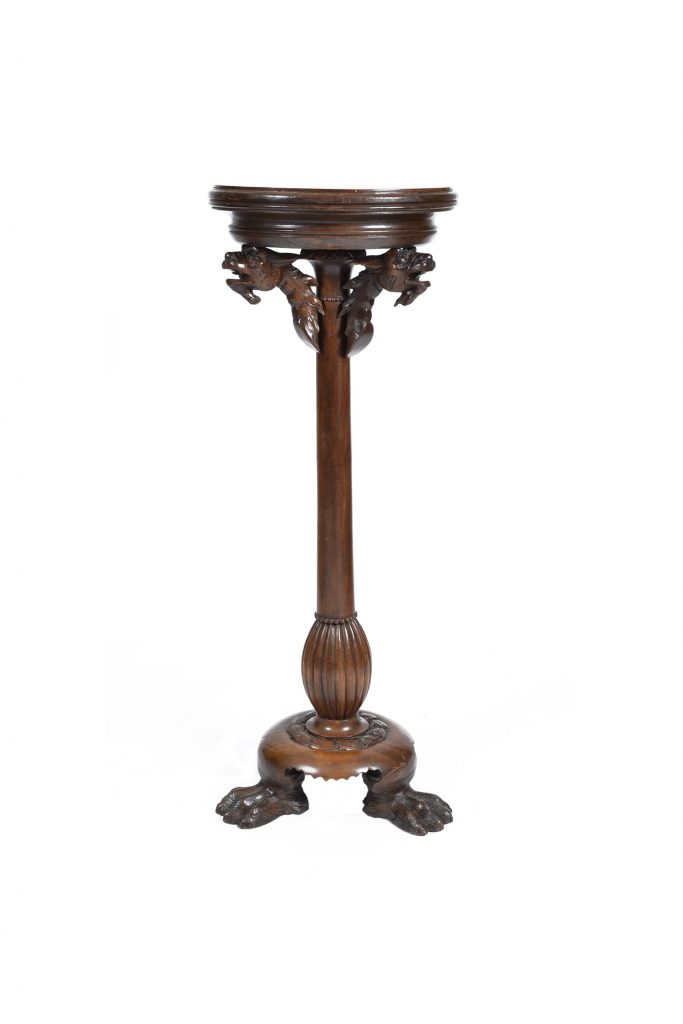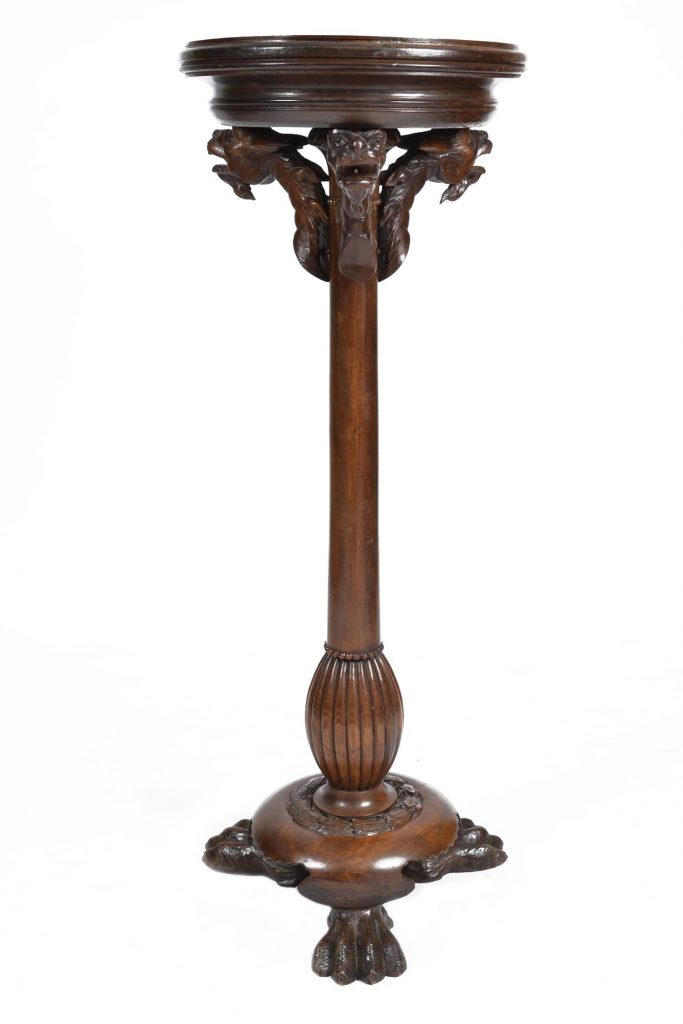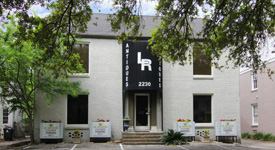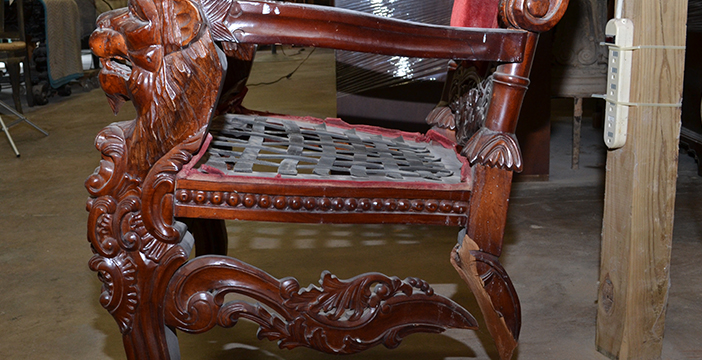We can thank Emperor Franz Joseph for Vienna’s Greek classical architecture, I think he was drawn to its symmetry and order. He surely was rejecting Empress Maria Theresa’s unbound rococo, all that fussy gilt and asymmetrical flourishes. When Franz commissioned the Parliament building, he ordered that columns, capitals, pediments, and statues of the ancient Greek and Roman gods dominate its design. These details reinforced Hapsburg imperial authority, and made his realm seem grounded.
Vienna’s porcelain manufacturers also appropriated classical motifs. They decorated vases, plates, cups and other porcelain goods with scenes of the gods and harmonious classical architectural patterns. There is a lovely example of this at LR Antiques, a pair of circa 1890 Vienna Porcelain Vases with Classical scenes, rendered in green and enhanced by gold decorative patterns.
The green is similar to the “Royal” green on some of the porcelain in Vienna’s imperial collection. When designing the vases, it seems the manufacturer indulged in some playful associations. The two painted scenes, one in which Cupid chases two nymphs, the other in which the nymphs capture Cupid, signed by F. Koller, at first glance appear tame, and unimaginative image titles inscribed at the bottom reinforce this. But another feature indicates the frivolity is quite lustful. A gold bearded, large-horned mythological creature decorates each vase handle. This goat-man is the Greek god Pan, who was famous for his amorous behavior, he seduced both nymphs and mortals. Pan’s presence tells us the innocent scenes are in fact heated up. It’s fun to imagine they are a veiled reference to the Emperor’s love for his actress. At the antique store I learned that the vases’ “beehive” mark is attributed to the Vienna porcelain manufacturer Josef Riedl Geisshubel, Austria, 1890 to 1910.





